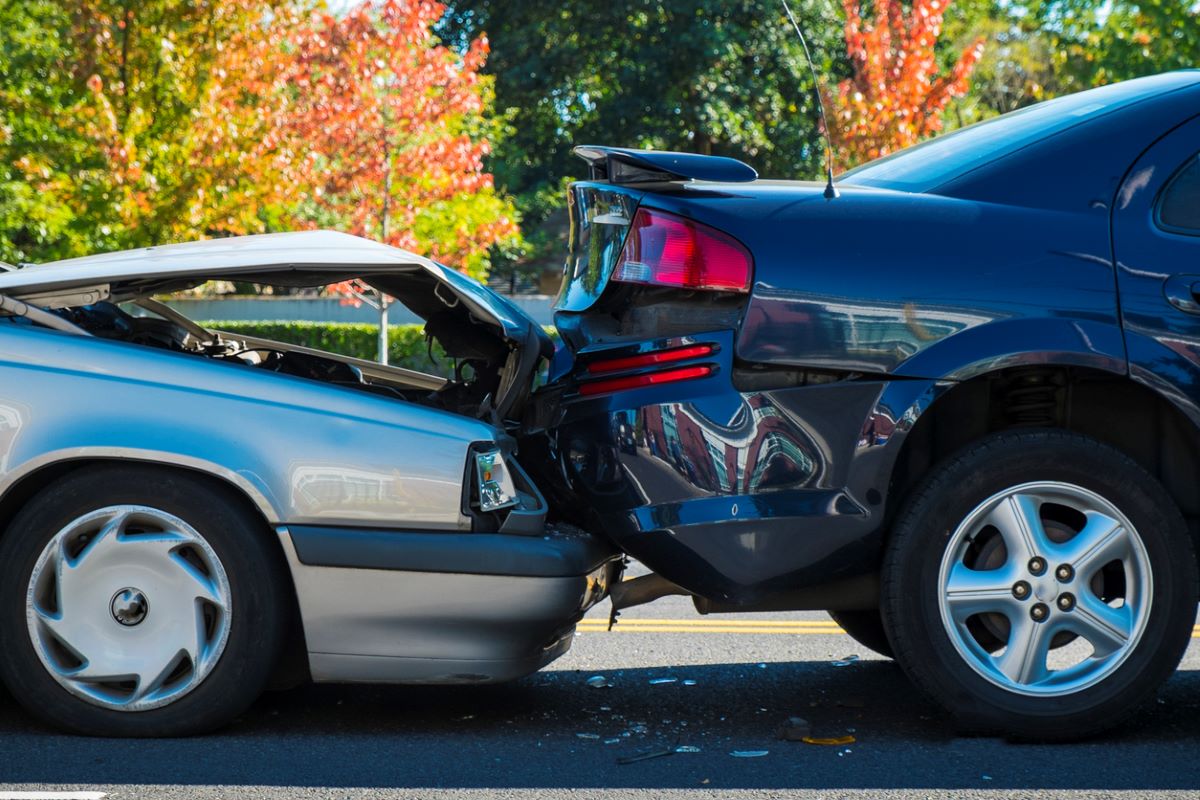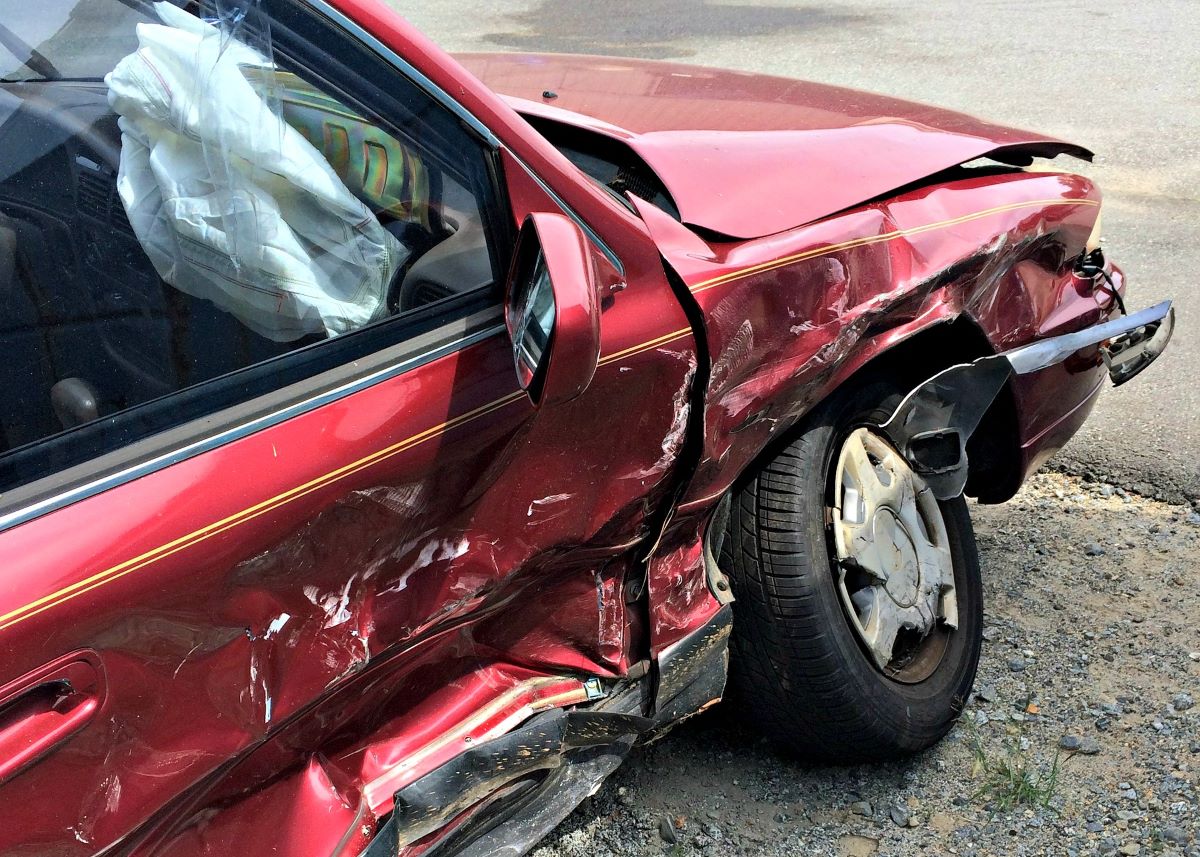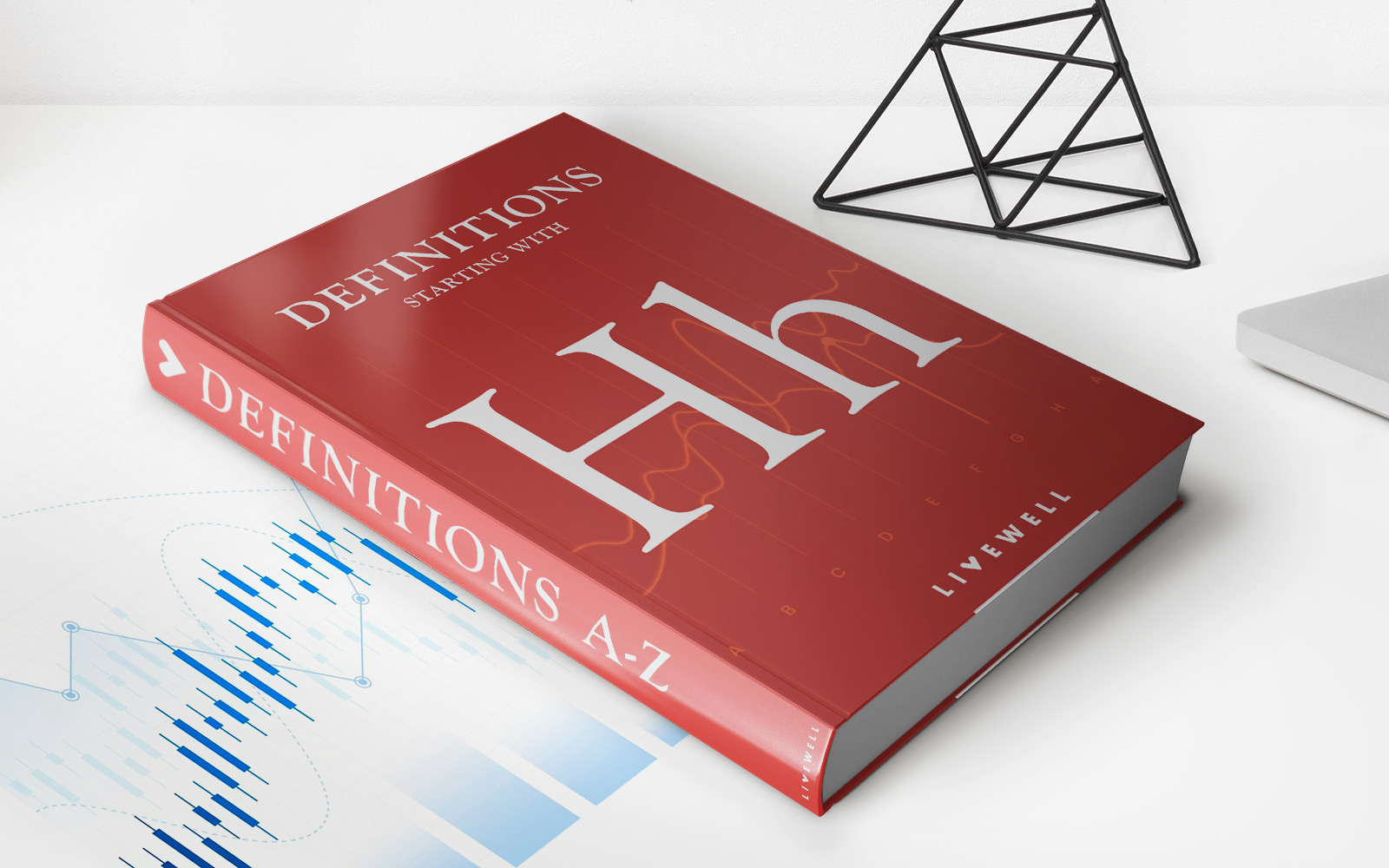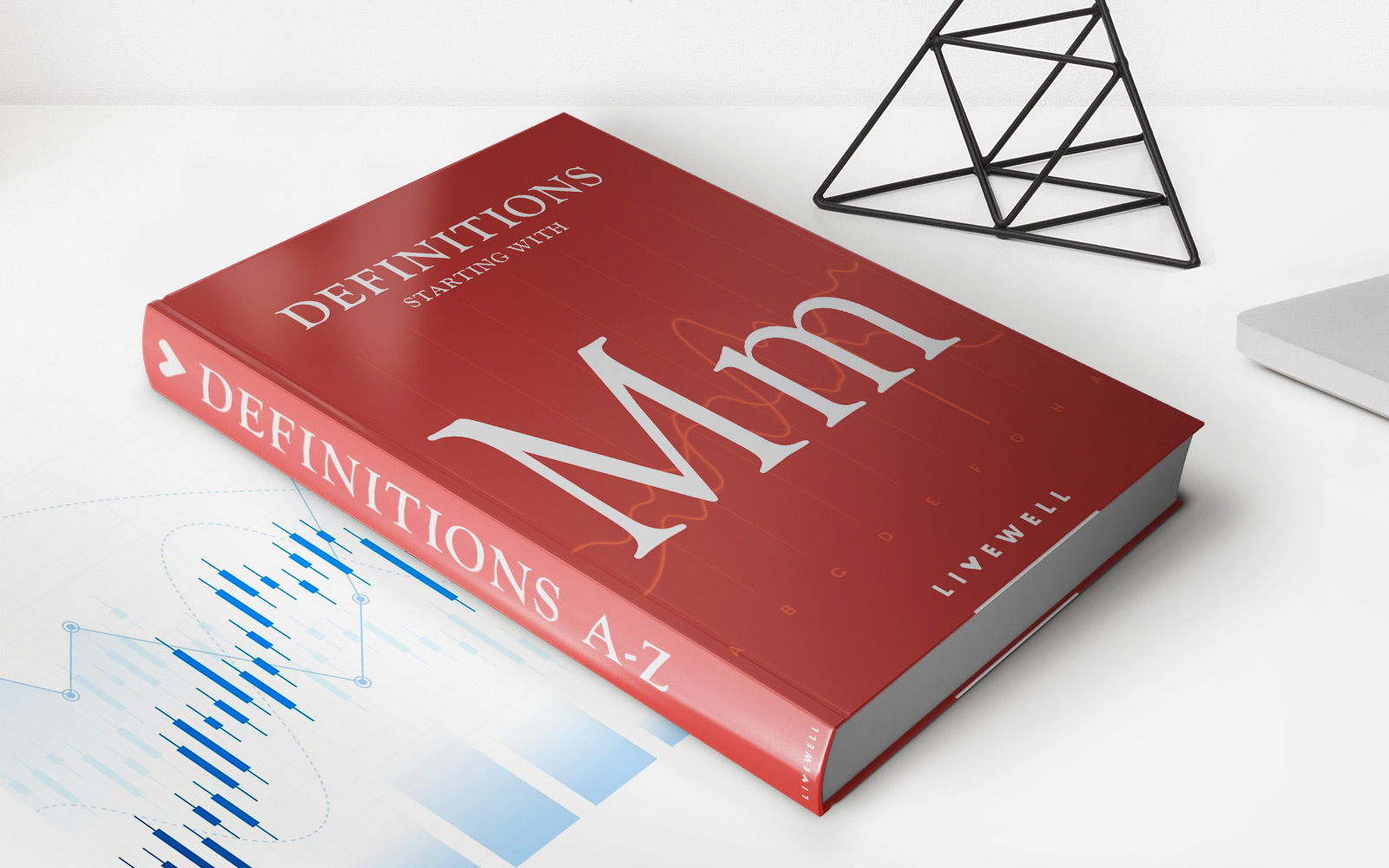

Finance
What Is Tort In Car Insurance?
Published: November 10, 2023
Learn what tort in car insurance means and how it affects your finances. Get insights on the financial implications of tort laws in the context of car insurance.
(Many of the links in this article redirect to a specific reviewed product. Your purchase of these products through affiliate links helps to generate commission for LiveWell, at no extra cost. Learn more)
Table of Contents
Introduction
Car insurance is a crucial aspect of responsible vehicle ownership, providing financial protection in the event of accidents, damages, and injuries. While most people are familiar with the basic concepts of car insurance, such as coverage limits and deductibles, there are various legal terms and concepts that may be unfamiliar to the average policyholder. One such term is “tort,” which plays a significant role in car insurance and liability.
A tort, in the context of car insurance, refers to a legal wrongdoing or a civil wrong that results in harm or injury to another person or their property. It is an important concept in insurance because it determines the party responsible for compensating the injured party in the event of an accident or incident.
Understanding the concept of tort in car insurance is essential for policyholders, as it can impact claims, settlements, and even the premium rates they pay. In this article, we will delve into the world of torts in car insurance, exploring its definition, the different types of torts, and how they apply in the context of car accidents and insurance claims.
It is important to note that the information provided here is not legal advice. If you have specific questions or concerns regarding torts and their implications in your car insurance policy, it is recommended to consult with an experienced insurance professional or attorney.
Definition of Tort in Car Insurance
In the context of car insurance, a tort refers to a civil wrong or a legal wrongdoing that results in harm, injury, or damage to another person or their property. It is a breach of duty that leads to a legal liability for the responsible party. In the case of car insurance, the tortious conduct typically refers to the actions or negligence of a driver that causes harm to others on the road.
Torts can arise from a wide range of circumstances, including car accidents, hit-and-runs, property damage, bodily injuries, and even wrongful death cases. When a person is found to have committed a tort, they are legally responsible for compensating the injured party for the losses they have suffered.
In the context of car insurance, tort can determine who is at fault in an accident and who is financially responsible for the resulting damages. The determination of tort liability can have significant implications for both the at-fault driver and the injured party. The at-fault driver’s insurance company may be required to cover the damages suffered by the injured party, which can include medical expenses, property damage, lost wages, and pain and suffering.
It is important to note that tort liability may vary depending on the jurisdiction and the specific laws in place. Some states operate under a “no-fault” insurance system, where each party involved in an accident is responsible for their own damages regardless of fault. However, many states follow a “fault” system, where the at-fault party is held responsible for the damages caused.
Types of Torts in Car Insurance
There are various types of torts that can occur in the realm of car insurance, each with its own legal implications and consequences. Understanding these different types of torts can help policyholders navigate the claims process and comprehend their rights in case of an accident. Here are three common types of torts in car insurance:
- Negligence: Negligence is the most common type of tort in car insurance. It refers to the failure to exercise reasonable care while operating a vehicle, resulting in harm to others. Negligence can encompass actions such as distracted driving, speeding, running a red light, or failure to yield. To establish negligence, certain elements need to be proved, including duty of care, breach of duty, causation, and damages. The at-fault driver’s negligence can result in their liability for compensating the injured party.
- Intentional Acts: Intentional acts involve deliberate actions that cause harm to others. These acts may include instances of road rage, assault, or intentional collisions. Unlike negligence, intentional acts are purposeful and may be subject to criminal charges in addition to civil liability. If an at-fault driver intentionally causes harm or damages, the injured party may pursue a tort claim to seek compensation for their losses.
- Strict Liability: Strict liability is a type of tort that holds a party responsible for damages, regardless of fault or intent. In the context of car insurance, strict liability can apply in cases involving defective vehicles or faulty auto parts that cause accidents or injuries. If a defective car or part is determined to be the cause of an accident, the manufacturer or distributor may be held strictly liable for the resulting damages.
Understanding the different types of torts in car insurance is essential, as it helps in determining fault and establishing liability. Insurance companies and legal professionals analyze the circumstances of an accident to determine which type of tort is applicable and evaluate the extent of liability for each party involved.
Negligence
Negligence is a common type of tort in car insurance that involves the failure to exercise reasonable care while operating a vehicle, resulting in harm or injury to others. It is essential to understand the concept of negligence as it plays a significant role in determining fault and liability in car accidents.
When a driver is considered negligent, it means they did not uphold their duty of care towards others on the road. This can include actions such as distracted driving, speeding, disregarding traffic signals, or driving under the influence of alcohol or drugs. Negligence can also encompass failing to properly maintain a vehicle or not taking appropriate precautions during adverse weather conditions.
To establish negligence in a car accident case, certain elements need to be proved:
- Duty of care: The at-fault driver must owe a duty of care to others on the road. This duty arises from the responsibility to operate a vehicle safely and follow traffic laws.
- Breach of duty: It must be shown that the at-fault driver breached their duty of care by engaging in negligent behavior that deviated from what a reasonable person would do in similar circumstances.
- Causation: There must be a direct cause-and-effect relationship between the at-fault driver’s breach of duty and the damages suffered by the injured party. It needs to be demonstrated that the negligent behavior was the primary cause of the accident and resulting injuries.
- Damages: The injured party must have suffered actual damages, such as bodily injuries, property damage, medical expenses, or lost wages, as a result of the accident.
If negligence is established, the at-fault driver’s insurance company may be responsible for compensating the injured party for their losses. This can include payment for medical bills, vehicle repairs, rehabilitation costs, and even pain and suffering.
It’s important to note that negligence can be a complex legal concept, and determining fault in a car accident depends on the specific circumstances and evidence available. Insurance companies and legal professionals analyze factors such as eyewitness testimony, police reports, photographs, and expert opinions to assess and prove negligence in car accident cases.
Intentional Acts
While negligence is the most common type of tort in car insurance, there are instances where intentional acts can lead to legal liability and impact car insurance claims. Intentional acts refer to deliberate actions taken by a driver that cause harm or damage to others on the road.
Examples of intentional acts in the context of car accidents include cases of road rage, where a driver purposely engages in aggressive behavior towards another driver, resulting in a collision or injury. Another example is the intentional act of fraud, such as staging an accident or submitting false information in an insurance claim.
Unlike negligence, intentional acts are purposeful and may even be subject to criminal charges in addition to civil liability. If an at-fault driver intentionally causes harm or damages, the injured party may have the right to pursue a tort claim to seek compensation for their losses.
Proving intentional acts in a car accident case can be challenging, as it requires demonstrating the intent behind the actions of the at-fault driver. However, if evidence such as witness statements, video footage, or admissions by the at-fault driver suggests that the actions were deliberate and aimed at causing harm, it may strengthen the case for intentional acts.
In the context of car insurance, intentional acts can have serious consequences. Insurance policies generally exclude coverage for intentional acts, meaning that the at-fault driver may be personally responsible for the damages caused. Additionally, if the at-fault driver is found guilty of intentional misconduct, it can result in increased penalties, higher insurance premiums, and potential legal consequences beyond the civil liability.
If you believe you have been the victim of an intentional act in a car accident, it is vital to consult with an experienced attorney who can guide you through the legal process and help you seek justice and fair compensation for your losses.
Strict Liability
In the realm of car insurance, strict liability is a type of tort that holds a party responsible for damages, regardless of fault or intent. In the context of car accidents, strict liability typically applies to cases involving defective vehicles or faulty auto parts that cause accidents or injuries.
When strict liability is invoked, it means that the injured party does not need to prove negligence or intent on the part of the other party. Instead, they only need to demonstrate that the defective vehicle or faulty part caused the accident or injury.
In situations where a defect in a vehicle or auto part leads to an accident, the manufacturer or distributor may be held strictly liable for the damages. This can include defects in the braking system, accelerator, steering mechanism, or any other component that fails to perform as intended. Additionally, issues with the design or manufacturing process that render the vehicle or part unsafe can also result in strict liability claims.
Strict liability is based on the principle that those involved in the production and distribution of products should be held responsible for any harm or damages caused by defects in their products. It ensures that injured parties have a means to seek compensation without the burden of proving negligence or intent.
Nevertheless, to bring a successful strict liability claim, the injured party must establish certain elements:
- Defect: It must be demonstrated that there was a defect in the vehicle or auto part that caused the accident or injury.
- Causation: The defect must be proven to be the direct cause of the accident or injury. It needs to be established that the defect was present at the time the vehicle or part left the manufacturer or distributor.
- Damages: As with other tort claims, the injured party must have suffered damages as a result of the accident, such as medical expenses, property damage, or lost wages.
Strict liability can have significant implications for car manufacturers, suppliers, and distributors, as they may be held accountable for damages caused by defective products. For policyholders, understanding the concept of strict liability can help protect their rights and ensure they receive fair compensation in cases involving defective vehicles or auto parts.
Tort Liability in Car Accidents
In the context of car accidents, tort liability refers to the legal responsibility of the at-fault party for the harm, injuries, and damages caused to others involved in the accident. Tort liability plays a crucial role in determining who is financially responsible for compensating the injured party.
When a car accident occurs, it is essential to establish fault and determine the degree of liability for each party involved. This determination is based on evidence, such as police reports, witness statements, photographs, and expert opinions. The at-fault party, or their insurance company, is typically held liable for the damages resulting from the accident.
In fault-based insurance systems, the tort liability system is prevalent. Under this system, the injured party has the right to file a lawsuit against the at-fault driver to seek compensation for their losses beyond what is covered by insurance. The injured party may claim for medical expenses, property damage, pain and suffering, lost wages, and other related damages.
It is important to note that some states operate under a “no-fault” insurance system, where each party is responsible for their own damages regardless of fault. In these states, tort liability in car accidents is limited, and the injured party may only seek compensation above a certain threshold or in specific circumstances, such as severe injuries or significant economic losses.
In determining tort liability in car accidents, contributory or comparative negligence may also come into play. Under contributory negligence, if the injured party is found to have contributed to the accident in any way, they may be barred from recovering any compensation. On the other hand, comparative negligence systems assign fault based on the percentage of each party’s contribution to the accident, and damages are awarded accordingly. For example, if the injured party is found to be 20% at fault, their compensation may be reduced by 20%.
Tort liability in car accidents serves to ensure that the party responsible for causing the accident bears the financial burden of the resulting damages. It provides a legal framework for injured parties to seek fair compensation and discourages negligent or reckless behavior on the road. Understanding the concept of tort liability is essential for both motorists and insurance policyholders to comprehend their rights and obligations in the event of a car accident.
Tort Lawsuits and Damages
When a car accident occurs, and it is determined that one party is at fault, the injured party may choose to pursue a tort lawsuit to seek compensation for their losses. Tort lawsuits in car accidents are civil legal actions where the injured party, known as the plaintiff, seeks damages from the at-fault party, referred to as the defendant.
One of the primary goals of a tort lawsuit is to compensate the injured party for the damages they have suffered as a result of the accident. Damages in car accident tort lawsuits can be divided into two main categories:
- Economic Damages: Economic damages are the measurable financial losses that result from the accident. These can include medical expenses, property damage, lost wages, rehabilitation costs, and other out-of-pocket expenses directly incurred due to the accident.
- Non-Economic Damages: Non-economic damages refer to the intangible losses that are not easily quantifiable. These can include pain and suffering, mental anguish, emotional distress, loss of enjoyment of life, and loss of consortium (loss of companionship or services from a loved one).
The specific amount of damages awarded in a tort lawsuit varies depending on the circumstances of the accident, the severity of the injuries, and the impact on the injured party’s life. Economic damages are typically calculated based on actual expenses and financial records, while non-economic damages are more subjective and involve factors such as the nature and extent of the injuries, the duration of recovery, and the overall impact on the injured party’s well-being.
In some cases, punitive damages may also be awarded in addition to compensatory damages. Punitive damages are meant to punish the at-fault party for gross negligence, intentional misconduct, or wanton disregard for the safety of others. These damages are not typically awarded in all cases and are meant to serve as a deterrent for similar behavior in the future.
It is important to note that the process of pursuing a tort lawsuit can be complex and time-consuming. It may involve gathering evidence, working with legal professionals, negotiating with insurance companies, and potentially going through a trial. Each jurisdiction has its own laws and regulations governing tort lawsuits and the potential limits on damages.
If you have been involved in a car accident and believe you are entitled to compensation through a tort lawsuit, it is advised to consult with an experienced personal injury attorney who can guide you through the legal process, help calculate the appropriate damages, and advocate for your rights to fair compensation.
Tort Thresholds and No-Fault Insurance
When it comes to car insurance, different states have varying laws and regulations regarding tort liability and compensation for car accident injuries. Some states operate under a “no-fault” insurance system, which aims to streamline the claims process and ensure prompt payment for injuries, regardless of who is at fault in the accident. In these states, tort liability and lawsuits are limited based on certain thresholds.
No-fault insurance requires each party involved in an accident to seek compensation from their own insurance company, regardless of fault. This means that after an accident, each party’s insurance company covers their own medical expenses and other related costs. No-fault insurance is designed to provide quicker access to benefits and reduce the burden on the court system.
However, in no-fault insurance states, there are often thresholds that determine when a tort lawsuit can be pursued. These thresholds are usually related to the severity of the injuries or the cost of medical treatment. If the damages exceed the specified threshold, the injured party may be allowed to step outside the no-fault system and file a lawsuit against the at-fault party to seek additional compensation.
The thresholds can vary significantly between states. Some states have a monetary threshold, which means that the injured party can only pursue a lawsuit if their medical expenses exceed a certain amount. Others have a verbal threshold, which requires the injuries to meet specific criteria such as permanent disfigurement, significant impairment, or loss of bodily functions.
It’s important for policyholders to understand the thresholds and limitations of their state’s no-fault insurance system. By understanding the thresholds, they can determine whether their injuries meet the criteria for filing a tort lawsuit outside of the no-fault system and seek additional compensation.
It’s worth noting that some states do not follow a no-fault insurance system and instead operate under a traditional fault-based insurance system. Under this system, injured parties have more flexibility to pursue tort lawsuits and claim compensation from the at-fault party.
Regardless of the insurance system in place, consulting with an experienced attorney is crucial to navigate the complexities and understand the laws and regulations that govern tort thresholds and no-fault insurance in your specific state.
Conclusion
Understanding tort liability in car insurance is essential for all drivers and policyholders. It encompasses the legal responsibility for harm or damages caused to others due to negligence, intentional acts, or strict liability. By comprehending the different types of torts and their implications, individuals can navigate the claims process, protect their rights, and seek fair compensation in case of an accident.
When it comes to car accidents, negligence is the most common type of tort. It involves the failure to exercise reasonable care while driving, resulting in harm to others. Establishing negligence requires proving duty of care, breach of duty, causation, and damages. Intentional acts, on the other hand, involve deliberate actions that cause harm and can lead to both civil liability and potential criminal charges. Strict liability comes into play when defects in vehicles or auto parts cause accidents or injuries, holding manufacturers or distributors accountable for damages.
Tort liability plays a significant role in determining fault, liability, and compensation in car accidents. Economic and non-economic damages are awarded to injured parties in tort lawsuits, helping them recover from financial losses and compensate for intangible harm such as pain and suffering. Punitive damages may also be awarded in exceptional cases to deter reckless behavior.
The concept of tort liability is influenced by the insurance system in each state. In no-fault insurance states, parties seek compensation from their own insurance companies regardless of fault, with thresholds determining when a tort lawsuit can be pursued. Traditional fault-based insurance systems allow injured parties more flexibility to pursue tort claims and seek compensation from the at-fault party directly.
In conclusion, understanding tort liability in car insurance empowers drivers and policyholders to navigate the legal landscape, protect their rights, and seek fair compensation in the event of a car accident. By familiarizing themselves with the different types of torts, the claims process, and the specific laws and regulations in their state, individuals can ensure they are well-prepared and informed in case of an unfortunate incident on the road.














